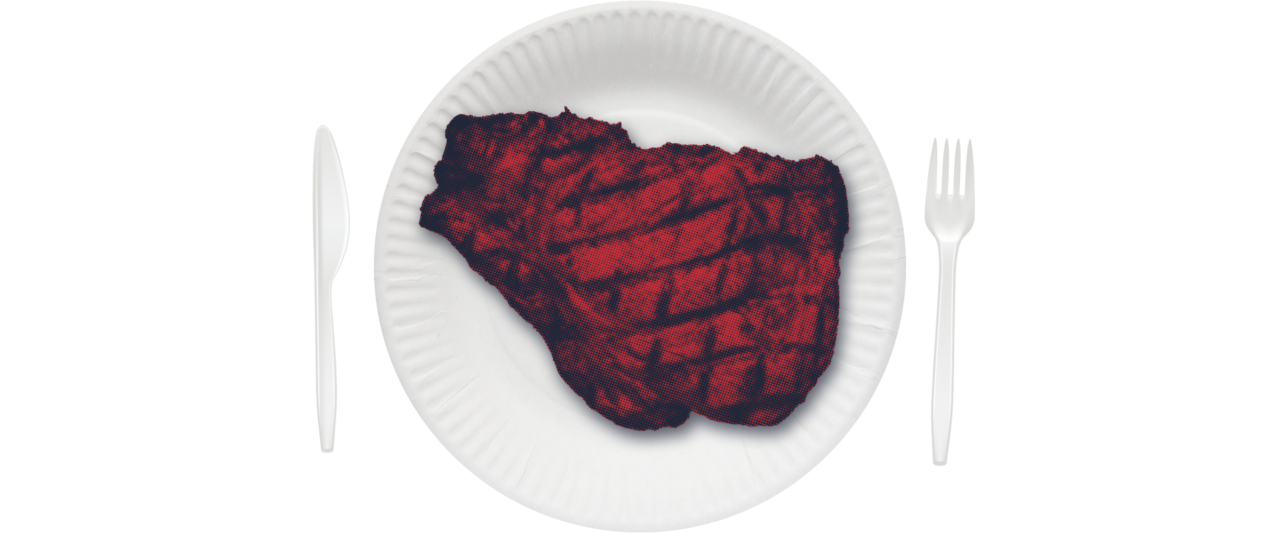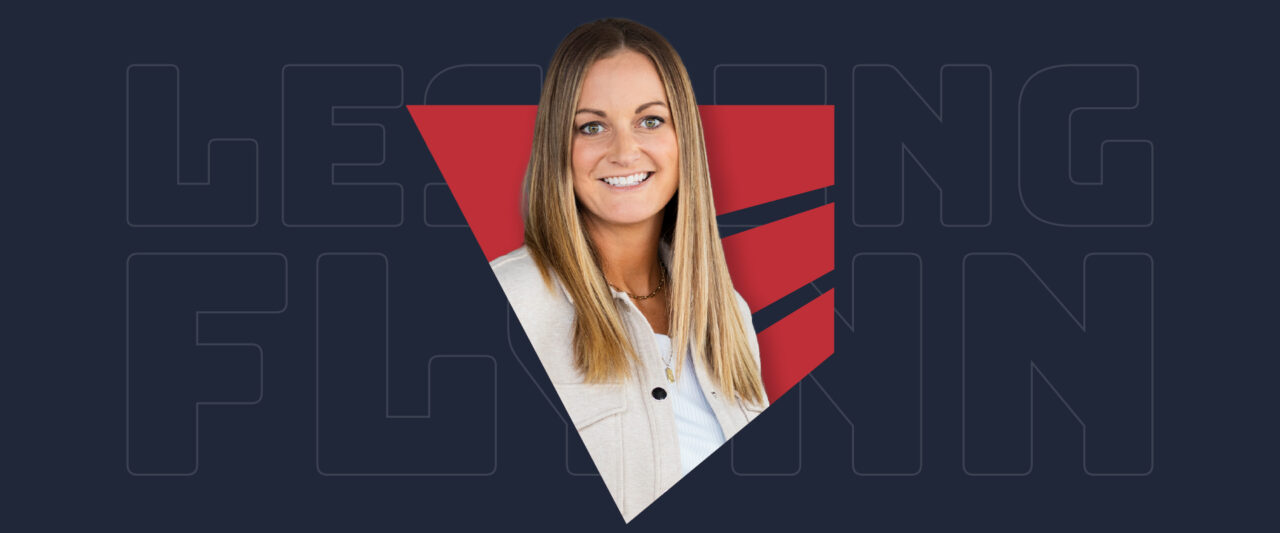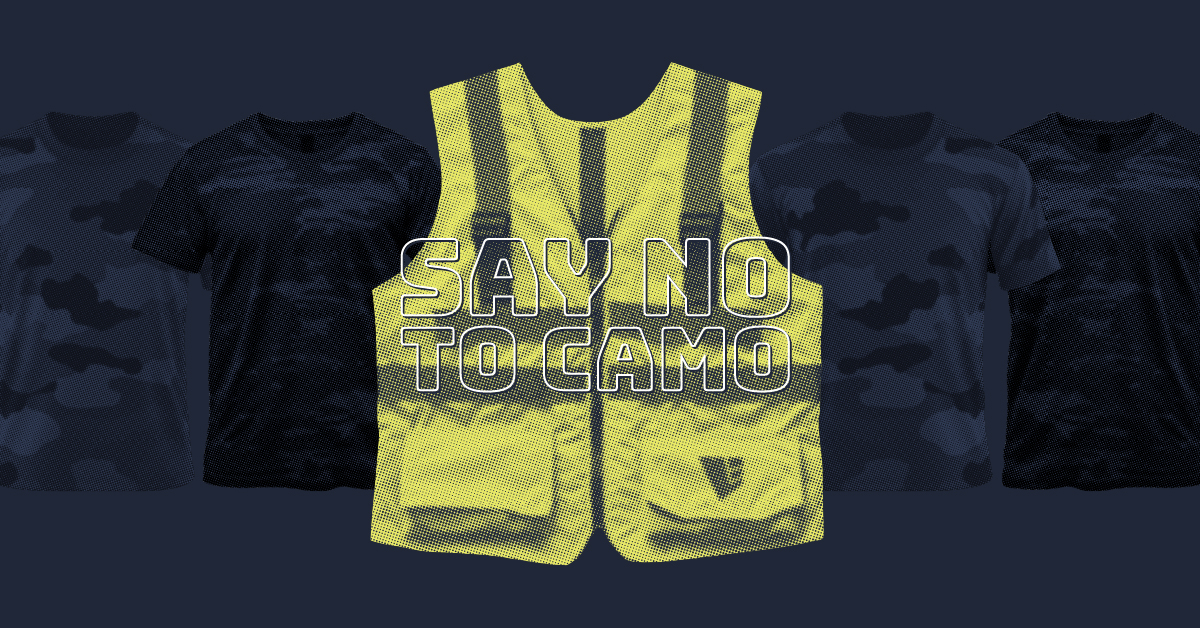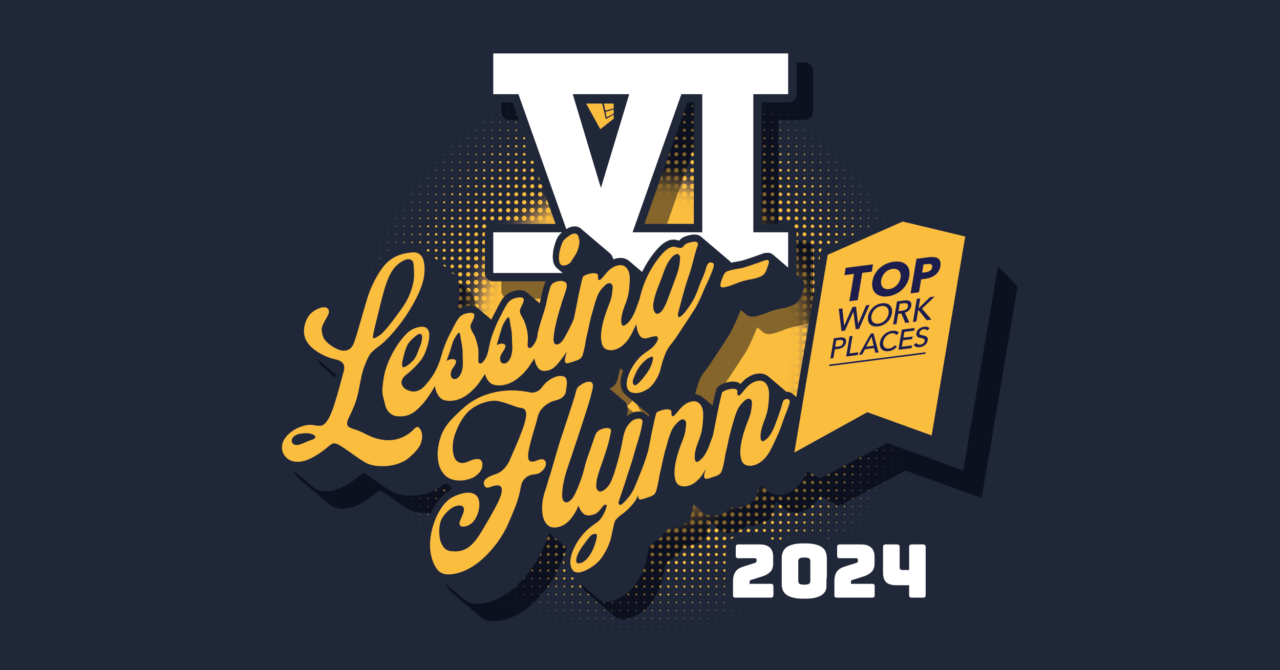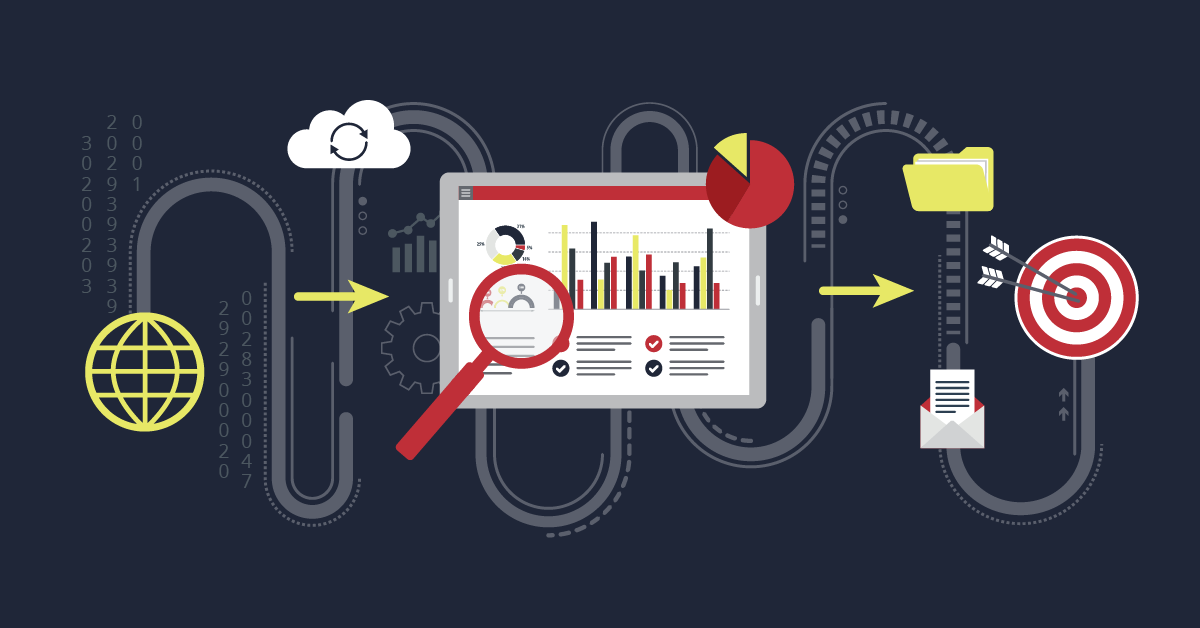Imagine this. You’re going to a new, highly touted restaurant. It’s in a swanky new building, the chef is famous and the menu looks awesome. Let’s call this “the product.”
You start your experience with the staff. Let’s call them “the sales channel.” First, you aren’t seated until 15 minutes after your reservation time. The waiter spills water while filling your glass. He explains the special but can’t answer questions about how it’s made. He brings out your salad covered in dressing even though you asked for it on the side. Your steak is rare when you ordered it medium. Your cocktail is watery because it waited at the bar too long. And when you get the bill, you’re charged for the neighboring table’s dessert.
You had such high expectations. The product very well may have been great, but the sales channel that delivered it was not. So, you never go back.
That’s the story of sales channel marketing. You can have a great product. Great brand awareness and messaging. A great position in the market. But if you lead your customers further down into the marketing funnel and your sales channel partner (dealer, agent or sales rep) blows it, your investment goes down the drain.
We call the areas where potential customers get stuck “friction points.” They’re fairly common in sales channels, but reducing that friction can significantly improve sales. Here are eight ways to smooth things out and ensure your lower-funnel sales channel marketing strategies support your top-of-funnel work.
Start with the right partners.
Sales channel marketing should be a mutually beneficial relationship. Your partners should want to help move your brand forward — and you should do the same for them.
Questions to determine sales channel partner fit:
- Do they fit geographically?
- Avoid stacking partners too close to each other. It can cause overlap and competition.
- Is your product line an important part of what they offer their clients?
- Does it fill a gap?
Questions to understand why a partner would choose your brand:
- What’s in it for them to take on your product line?
- Can they make a significant enough profit selling your product?
Having a strategy to determine what kind of agents, dealers or sales reps you need can make a big difference. And just because your competitors do it one way doesn’t mean that’s the right way for you. We’ve worked with a manufacturer that successfully manages an independent dealer network while still setting up company-owned stores in areas with coverage gaps.
Invest in training.
Your channel partners can’t be successful without training. But sending an email with a link to a dry 30-minute video or paging through an 80-page presentation deck probably won’t charge anyone up. If your training is boring, how can you expect anyone to get excited about selling your products to their customers? Investing in great training will make your products and brand more memorable to your partners — and that increases their chances for successful sales.
Make it easy to sell your products.
Have you ever asked what your dealers, reps or agents need to sell your product? Maybe it’s sales literature. A worksheet. A presentation deck. A demo video. Technology that calculates ROI. Competitive comparison talking points. Start listening to your partners, then get them the tools they need to be successful.
Support their marketing efforts.
You’re trying to build and grow your brand and business. Your sales channel partners are doing the same thing, but likely with fewer resources. Traditional co-op advertising programs can help them make progress, but only a small percentage of channel partners use them well. Marketing has gotten so complicated with digital options, social media, AI and other tools that it’s difficult for a sales channel partner to keep up.
As a result, opt-in programs that take the work off the channel partner and clearly outline the marketing deliverables are very appealing. A dealer or agent simply pays a fee to help cover the cost and gets a strategically sound marketing plan executed for them. Show them the results after the program wraps up and signing them up for the next one is a no-brainer.
Share data across the two-way street.
One of the biggest challenges in sales channel marketing is the lack of direct access to customers (and their data). Dealers and agents can be protective of customer information, but it doesn’t have to be that way. Help them understand that when they share customer data you can better assist with prospect targeting and supplemental sales opportunities like warranties, parts and complementary products. Establishing this level of trust takes time, but it can result in a true win-win partnership.
Set expectations and goals together.
How can you help your partners measure success? Give them goals. Provide market data specific to their sales territory so they can understand your expectations and the opportunities out there. As the saying goes: Things that get measured get done.
Recognize channel partners for their success.
Recognition goes a long way with your sales channel partners. But how can you turn recognition into something even more beneficial? We work with several companies that have established performance-based tiers for sales channel partners. When partners exceed certain goals, they move to higher tiers. This often results in additional benefits (like discounts, added marketing support or advisory board membership), which can motivate partners even more.
Recognition awards (i.e. dealer of the year) can also offer benefits for partners — like the ability to position themselves positively in the eyes of customers and prospects.
It’s easy to get excited about top-of-the-funnel brand awareness marketing. That’s where many of the big agencies spend their time (and their clients’ budgets). It’s the fun, visible part of marketing where awards are won and backs are patted. Solving the marketing friction points further down the sales funnel is what helps clients meet their business goals — and makes for a five-star purchasing (or dining) experience for end users.
Need assistance identifying and solving the friction points in your sales channel? The team at Lessing-Flynn is here to help. Contact us here.
LF Newsletter Alert
Want Lessing-Flynn to rock the socks off your inbox with insights and more?
